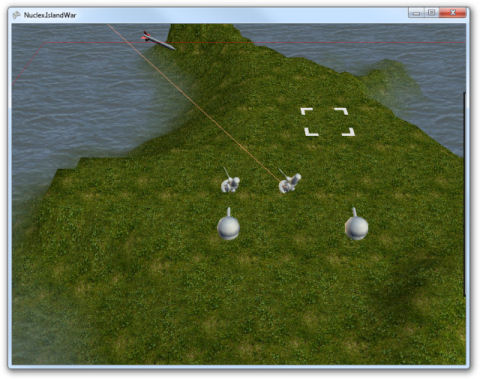
Series
I’m planning to start a short article series:
There are a lot of XNA tutorials out there that explain the basics – how to display a sprite, how to do collision detection and how to render a bunch of colorful particles with additive blending. But there aren’t many articles that explain to you how you’re supposed to put it all together – how to structure a game so that it is easy to extend and remains manageable when the amount of code begins to grow.
The discipline that deals with this issue is called software architecture. Like programming, or any other creative process, it relies a lot on tacit knowledge – finding a good solution without first running down an alley of dead ends (that you can identify using the Principles of Object-Oriented Design) requires a lot of experience.
What I will do in this series is let you look over my shoulder as I design a small game and try to explain my motivations for choosing one design over another while I do so. This will give you a solid starting point and an understanding of the design process that you can apply to your own game projects.





